Any experienced gardener will tell you that when it comes to plant diseases, regardless of how much you weed, water, and worry, certain problems are beyond your control. There are, however, several things you can do to prevent or lessen the chance of plant disease in your garden.
1. Make Sure You’re Planting In The Right Place
Choose an open, full-sun garden location with good drainage. Few garden plants can withstand wet feet. Soil should be loamy, loose, and well worked, free of weeds, debris, sticks, and stones. Avoid compacted soil.
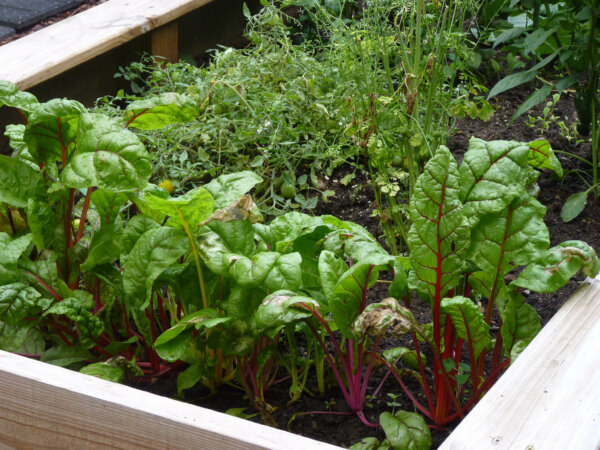
It is also important for the garden plot to have adequate air circulation. It is best to avoid placing a garden between structures, besides a solid fence, or in any spot that does not have good cross-ventilation. When planting, allow adequate space between plants to provide good airflow.
2. Check Out Your Soil Conditions
It’s important to know the pH levels your plants prefer and amend accordingly. Soil pH test kits are available for purchase at local home and garden centers or online. If you seek a complete soil analysis, take a sample to your county extension office for evaluation.
Enhance soil with generous amounts of well-aged herbivore manures (goat, sheep, llama, cow, horse, mule). Garden soil should be worked to a depth of at least 2 feet with a ratio of 1 part well-aged manure, to 4 parts topsoil. Plants flourish when supplemented with aged garden compost: A vigorous, healthy, well-watered plant is better able to fend off most any plant disease that invades the garden.
3. Watch When You Water
People and tools transfer disease from plant to plant. Avoid working in the garden when plants are wet. Plant disease spreads through water.
To help keep plants in the best of health, water early in the morning, allowing plants a chance to dry out by midday. The longer plant foliage remains wet, the greater the chances of disease.
https://www.instagram.com/p/BXJblhCFTZM/?tagged=plantwatering
Also, avoid wetting plant foliage. A drip irrigation system is the best way to reduce the risk of disease inoculum splashed onto fruits and foliage during watering or heavy rains.
4. Keep The Garden Clean
Sanitation is the key to success when it comes to gardening. Begin by carefully inspecting any plant you bring to the garden.
Plants added to the garden should have sound stems, stand strong and sturdy, with no sign of disease either on the plant or in the soil. It pays to be careful, as one sick plant can infest the entire homestead ecosystem.
To avoid inviting disease to the garden, keep the area free of weeds. Not only are weeds unsightly, but they are also disease carriers and provide a haven for insect pests. Groom garden plants regularly, removing dead leaves and spent flowers or fruit. Remove plant debris promptly after harvest.
5. Make Smart Plant Purchases
When purchasing new plants, look them over carefully to be sure you do not see white mildew, black spotted leaves, or obvious signs of problems. Purchase and plant only healthy, vigorous, pathogen-free cuttings, transplants, bulbs, and seeds.
https://www.instagram.com/p/BbZ49UNFF7h/?tagged=buyingplants
If you are purchasing plants from commercial nurseries or online, opt for certified-disease-free plants. When planting, carefully examine the roots for signs of disease or insect infestation.
Select resistant/tolerant cultivars with genetic resistance to specific diseases. Your county extension office can provide you with a list of cultivars with specific types of resistance that do well in your area.
As an example, Marshall’s Delight and Blue Stocking are bee balm cultivars resistant to powdery mildew. Tomato cultivars resistant to Fusarium wilt and Verticillium include Celebrity and Better Boy.
Keep in mind that despite your best efforts, your garden will still get diseases. There is just no way to keep it from happening. However, by diligently employing the above methods and practices, you can significantly reduce the number of problems you are likely to encounter.



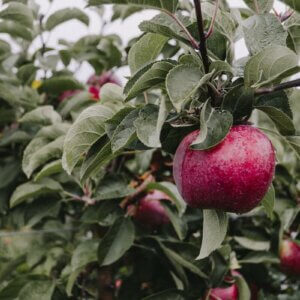
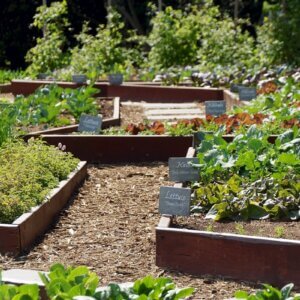


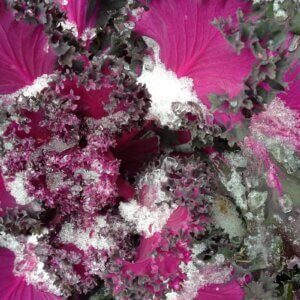

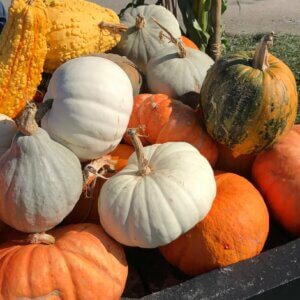

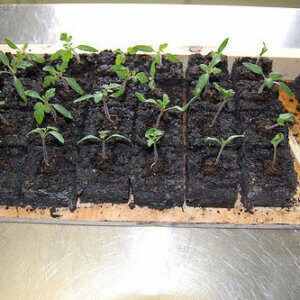







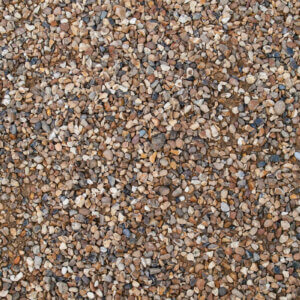



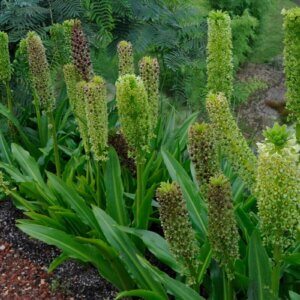

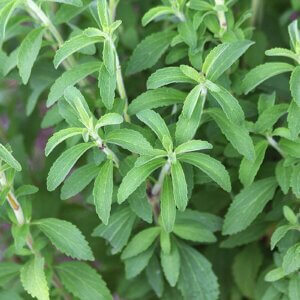







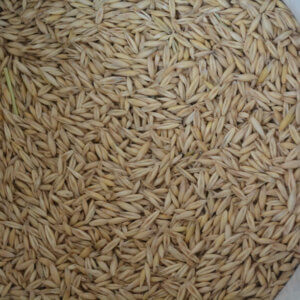
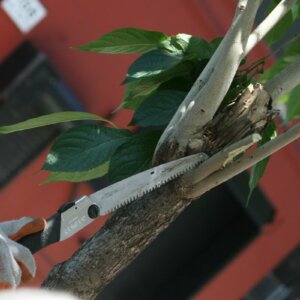
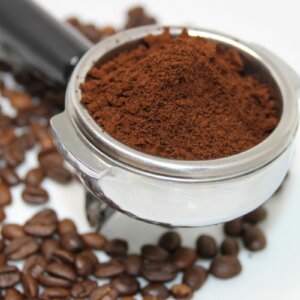

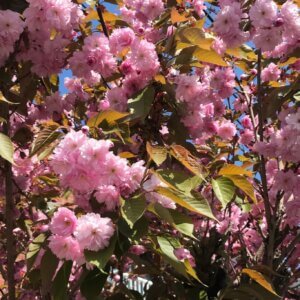


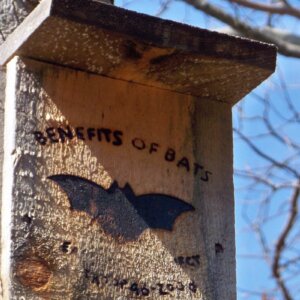

Leave a Reply